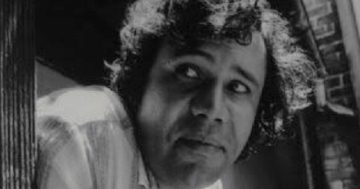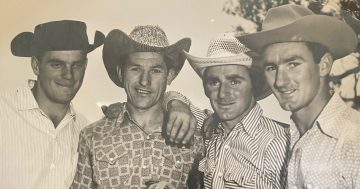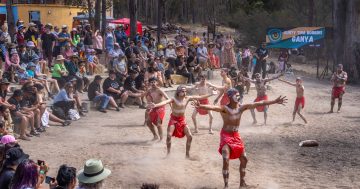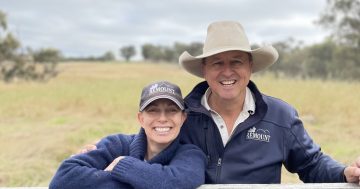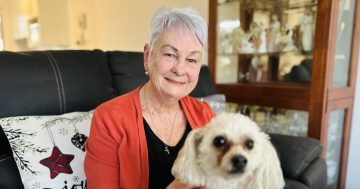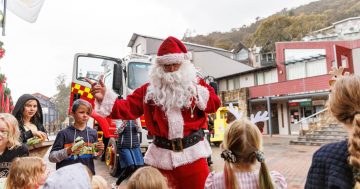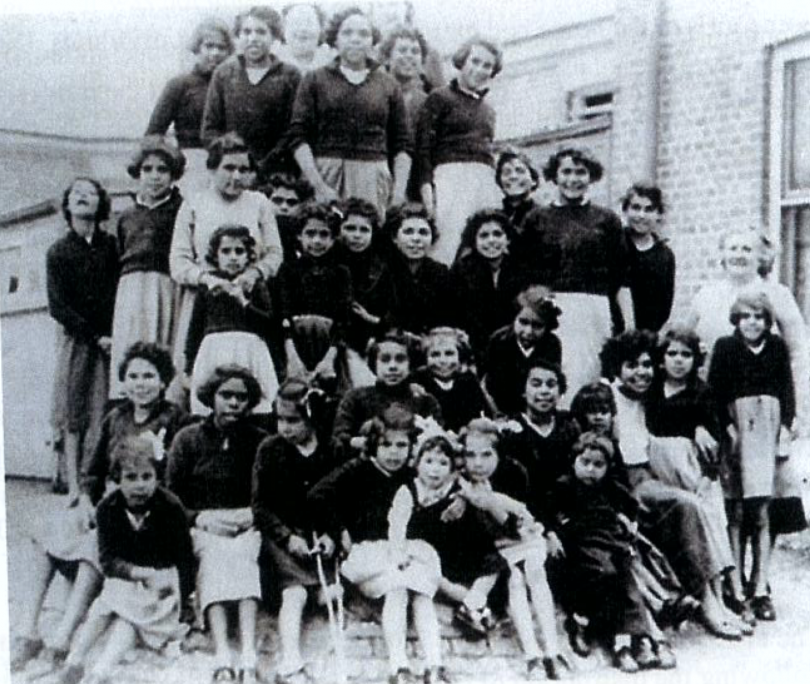
Cootamundra Girls Home residents in the 1950s. Photo: Supplied.
The tragic legacy of removing Aboriginal children from their families is remembered on a series of plaques at train stations across NSW, including Cootamundra and Wagga Wagga.
Plaques also placed at Central Station in Sydney, Grafton, Kempsey, Berry and Bomaderry recognise that many children who were removed from their families travelled by train, either to the Cootamundra Domestic Training Home for Aboriginal Girls or Kinchela Boys Home on the Central Coast.
The plaques acknowledge NSW Railways’s role in removing the children and their placement follows consultation with Stolen Generations survivors, undertaken since 2018.
Transport for NSW regional director south, Sam Knight, said the plaques recognise the truth about what happened to many children and their families.
“These stations have been recognised as significant because they were part of those sad journeys,” she said. “They are for everyone to see and acknowledge and remember those truths of the past.”
The Wagga plaque was unveiled by Wiradjuri Elder Aunty Isabel Reid, one of more than 1200 residents trained for domestic service at the Cootamundra Home under the care of longstanding matron Ella Hiscocks.
The training school operated until 1969 and continued as a welfare home until 1974, well within the memory of many locals who attended school with the girls.
Home residents were frequently placed as domestic servants with local families, many of whom also recall their association with the Home. In recent years, several reunions have gathered together former Home residents and locals.
The century-old buildings were initially the first Cootamundra Hospital. Following the 1974 closure, the premises housed the Bimbadeen Aboriginal Evangelical College for 50 years before being handed to the Young Aboriginal Lands Council. There’s been little ongoing maintenance at the site and some areas are in danger of becoming derelict.
The buildings were placed on the NSW Heritage Register in 2012 but despite multiple efforts from local stakeholders, there’s been little further funding to secure the site’s history. Last year, a $10,000 one-off grant was made from the NSW Government to employ an interim caretaker and begin restoration work.
The Coota Girls Aboriginal Corporation was formed in 2013 to support survivors and descendants of the Home. They’re working with the NSW Department of Aboriginal Affairs and hope to eventually turn the site into a space for commemoration and healing.
Cootamundra man and Wiradjuri elder Bob Glanville, whose mother Iris worked at the Home as a cook for many years, says the building holds mixed memories for the many residents who passed through its doors and local people who knew the girls.
“That assimilation policy was such a terrible thing. It was act white, be white and think white, for a particular culture, our culture, that’s been ignored,” he said.
“A strong and beautiful culture and it’s been ignored and tried to be pushed aside over the years. The genocide of a beautiful culture.”








